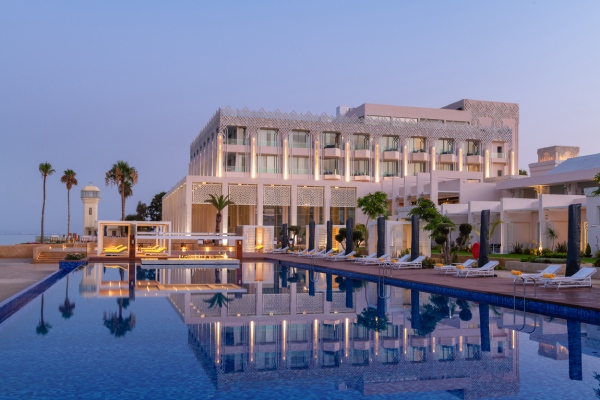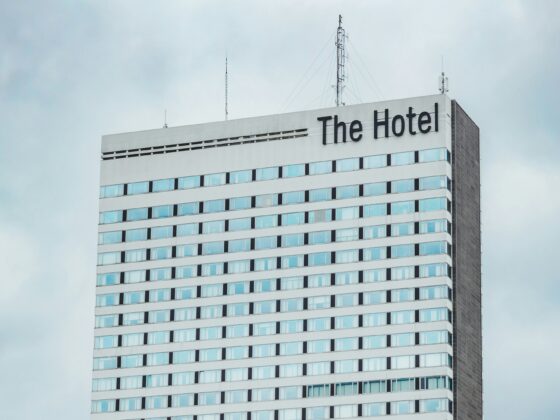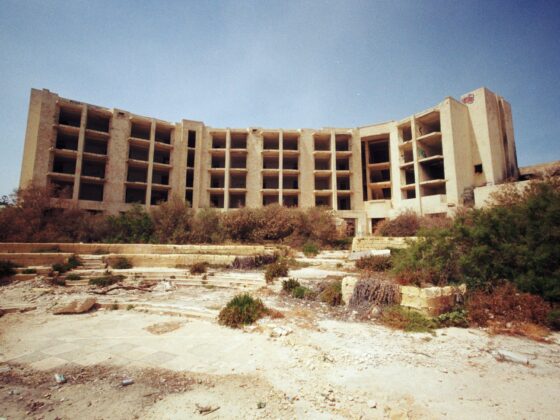
India’s hotel sector is moving away from being a volume business and, with the help of rising domestic tourism, infrastructure expansion and a focus on trends such as wellness, presents an opportunity for consistent growth.
According to The India Market Outlook Report from Global Asset Solutions, India’s hotel sector has shifted into a rate-led cycle, with RevPAR gains driven by pricing integrity, creating a strong, investable market.
India’s travel and tourism sector contributed USD250.2bn to GDP in 2024, ranking eighth globally and fourth in Asia Pacific. The industry is projected to grow at a CAGR of over 9.3%, more than doubling to USD 550bn to USD 600bn within the next five to seven years, positioning it among the fastest-growing tourism markets worldwide.
The study underscores India’s domestic-led resilience, in sharp contrast to mature Asia Pacific peers such as Japan and South Korea, where growth was plateauing due to demographics and saturation.
India has the second-largest hotel pipeline in the Asia-Pacific region, with more than 690 projects as of the first quarter of this year. This figure was likely to be much higher in reality, because of the difficulty of gathering accurate data around the economy and mid-tier segments in smaller towns and cities.
Within the hotel market, luxury and upper-upscale segments were driving pricing and occupancy, moving the sector away from being a volume business. FY2024–25 closed with occupancy at 68.5%, ADR crossing USD 100 (₹8,525, +5.8% YoY), and RevPAR reaching USD 70 (₹5,845, +7.6% YoY).
RevPAR is expected to grow further in 2025 and beyond and while India’s absolute RevPAR still trails the more mature markets of the US and Europe, we are seeing clear upside, particularly in Tier two and three cities, where infrastructure, weddings, spiritual tourism and wellness are expanding demand.
Enabling this growth is a decade of infrastructure gains. India has more than doubled its airports, from 74 in 2014 to 159 in 2024, while national highways and regional air links are connecting spiritual and heritage circuits with mainstream demand. Atul Bhalla, partner, India, Global Asset Solutions
At the heart of this demand is appetite from within India itself, driven by a growing middle class. In 2024, India recorded nearly 3 billion domestic trips, placing it among the largest internal travel markets globally. This is structural, not cyclical, supporting hotel performance, aviation growth, and Tier-2/3 expansion. At the same time, foreign tourist arrivals reached 9.95 million, up 54% over two years, boosted by e-Visa reforms, air connectivity and rising global interest in India’s differentiated offering.
Investors have taken note. In 2024 hotel deals totalled USD 340m in 2024, ahead of countries such as Japan, which rearmed a volume of USD 280m. The country also saw Juniper Hotels’ IPO raise USD 211m and USD 409m with the Schloss Hotels listing. Tier-1 assets are benefiting from compressed cap rates, while Tier-2 investments require strong brand alignment and proven execution.
India’s hotel sector was now generating record topline results, but converting revenues into sustainable bottom lines was more complex. In 2024, nationwide net operating income margins averaged 28–32%, ahead of China (25–28%) and South Korea (22–26%), though still shy of European leisure markets such as France and Italy (32–35%).
This contrast highlights India’s duality: more profitable than Asia Pacific peers, but not yet at European efficiency. The opportunity is clear; if India controls costs and strengthens tax alignment, it could become the first Asia Pacific market to match Europe’s margin stability.
India’s hotel sector offers a rare combination of scale, premiumisation, and resilience. India is building a durable, policy-anchored cycle across metros, pilgrimage, wellness and leisure circuits. For global investors, this translates to lower downside risk and a broader spread of opportunities.
To be assured of success, investors must ensure that their asset managers are embedding ESG into capex and targeting policy-linked hubs, as well as keeping a close eye on ADR integrity. Then, if execution keeps pace with demand, India will not only converge with global hospitality benchmarks but set a new model of multi-nodal, domestically anchored growth for the next decade. Atul Bhalla, partner, India, Global Asset Solutions
Download the full report here.
About Global Asset Solutions
Global Asset Solutions operates worldwide providing independent hotel asset management services. Clients include PE firms, institutional investors, sovereign funds and family offices, with over $20bn of assets managed in Europe, Asia and the Middle East. The company leans on decades of experience in the luxury sector to deliver bespoke solutions which allow investors to grow their asset value and realise the potential of their assets. www.globalassetsolutions.com








